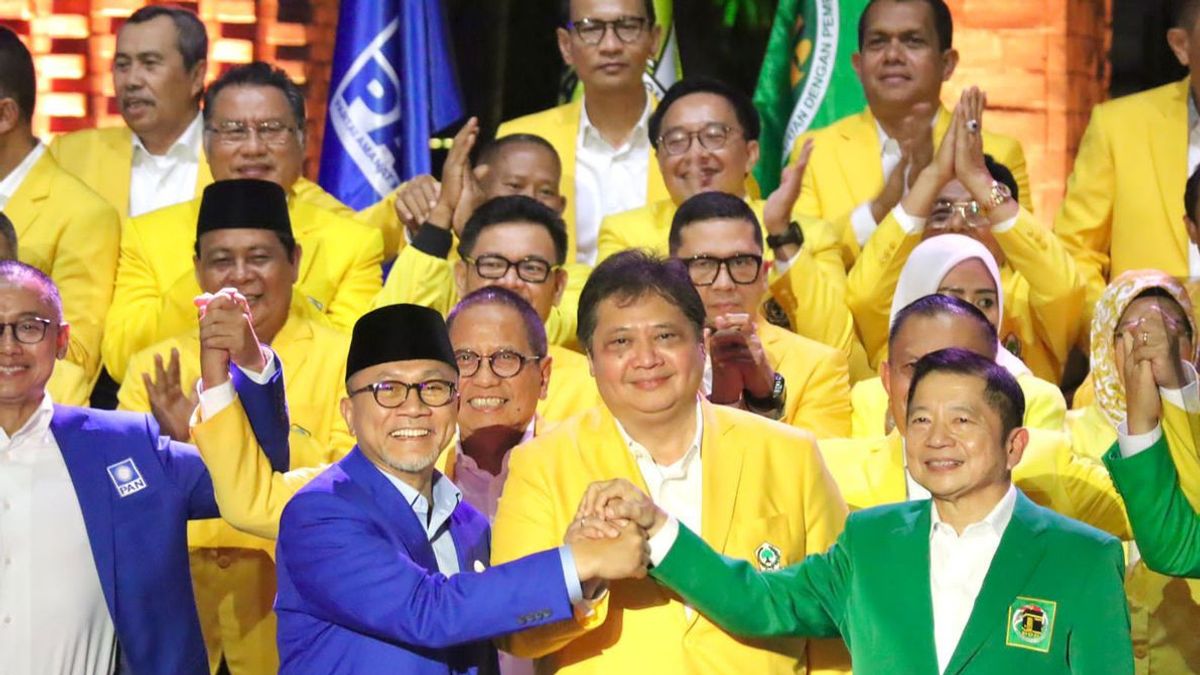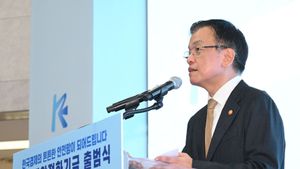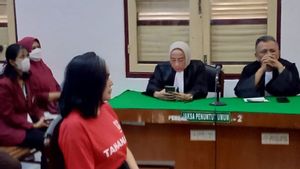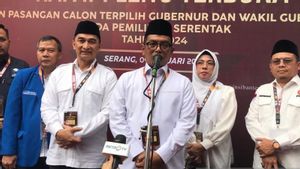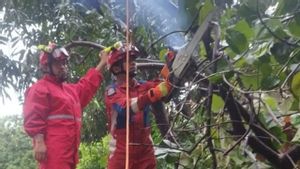JAKARTA - The national survey institute LSI Denny JA released the results of a survey related to the main axis of the 2024 presidential election in the digital era. As a result, the United Indonesia Coalition (KIB), which was initiated by Golkar, PAN, and PPP, was superior among voters on Facebook and Whatsapp social media.
Director of CPA-LSI Denny JA Ade Mulyana said there were three main axes of the 2024 presidential election that beat each other in three ballots. First, the axis of the United Indonesia Coalition formed by Golkar, PAN and PPP with the main character Airlangga Hartarto.
"This axis excels in the segment of voters on social media or voters who have Facebook and Whatsapp accounts)," said Ade in a survey presentation at the LSI Denny JA office, Rawamangun, East Jakarta, Wednesday, July 6.
While the PDIP Axis with the main character Puan Maharani, continued Ade, excelled in the underprivileged segment. Meanwhile, the Gerindra Axis and PKB, which are claimed to be the Greater Indonesia Awakening Coalition, have a slight advantage in the Muslim voter segment.
Ade continued, there are at least three big pockets of votes that will be contested by the presidential and vice-presidential candidates from the three main axes in the 2024 presidential election. The three big pockets of votes are the digital community ballot pocket, the small voter vote pocket, and the Islamic voter pocket.
"The three big ballot boxes are because the total segment is above 50 percent of the voting population. They will determine the winner of the 2024 presidential election later," said Ade.
For the map of the battle for the three main axes, Ade Mulyana explained, the first voting bag is digital politics or digital community. This voting bag is important because the voters in this pocket are above 50 percent.
"Facebook users are 51.8 percent, and Whatsapp users are 60.9 percent," he said.
Then, in the pocket of digital politics, the United Indonesia Coalition (KIB) axis looks superior to the PDIP axis, as well as the Gerindra-PKB axis.
"In voters who use Facebook, voter support for the KIB axis parties is 23.2 percent, support for the PDIP axis is 12.6 percent, support for the Gerindra-PKB axis is 17.6 percent, while support for other parties is 19. , 8 percent," he explained.
While voters who use Whatsapp (WA), support for the KIB axis is 20.7 percent, support for the PDIP axis is 13.8 percent, and support for the Gerindra-PKB axis is 19.9 percent.
Ade revealed that the reason why the KIB axis is superior in digital politics is because KIB voters mostly live in urban areas. "From the education and high income segments, and generally active," he said.
Meanwhile, in the big pockets of the poor, he continued, the PDIP axis was superior. "Because PDIP has declared itself to be the little people's party, with Megawati as the little people's mother," explained Ade.
In large pockets of Muslim voters, the axis of Gerindra and PKB is very thin.
The LSI Denny JA national survey was conducted on 24 May-7 June 2022 involving 1,200 respondents in 34 provinces in Indonesia. Through face-to-face interviews. The margin of error (Moe) for this survey is +/- 2.9 percent.
The English, Chinese, Japanese, Arabic, and French versions are automatically generated by the AI. So there may still be inaccuracies in translating, please always see Indonesian as our main language. (system supported by DigitalSiber.id)
